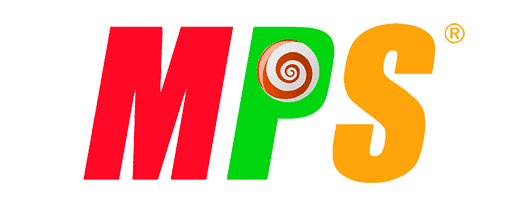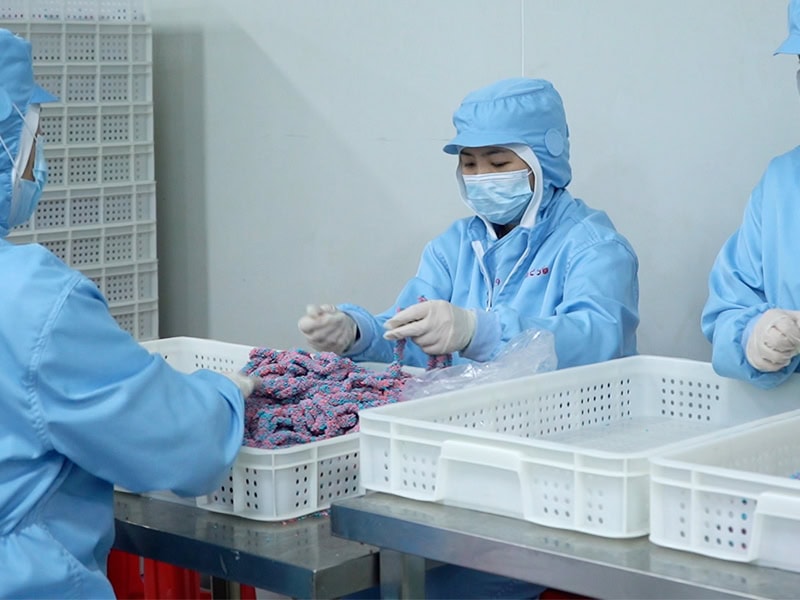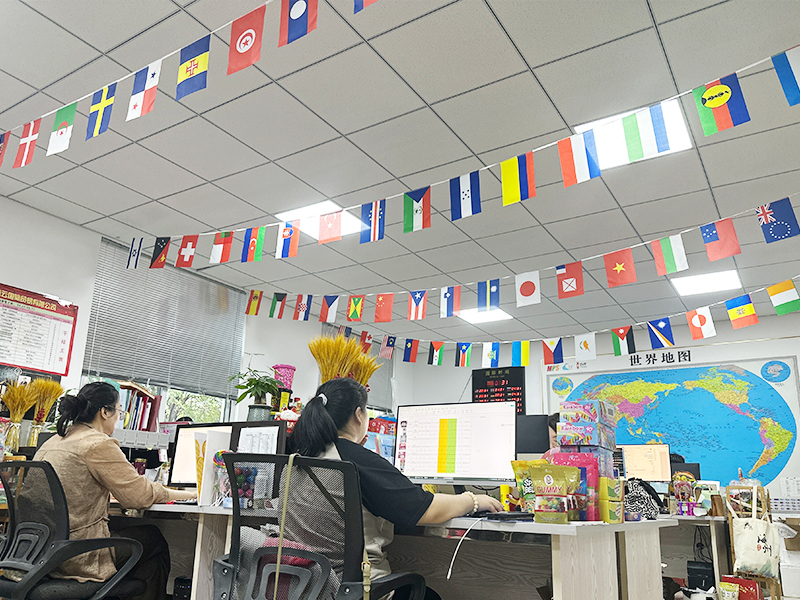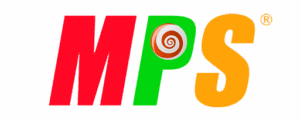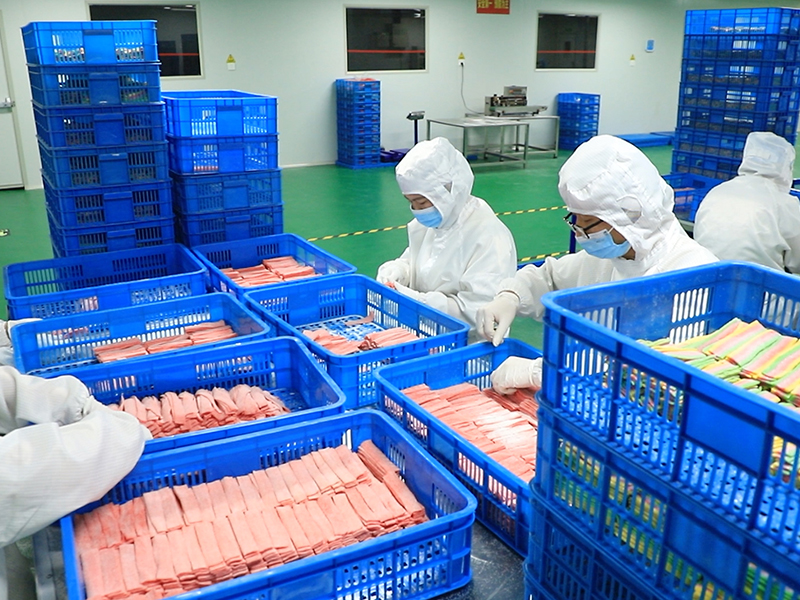It might seem excessive to choose a 20′ container as your minimum order quantity (MOQ). This is a specific worry for many newcomers to the gummy candy market. Isn’t a smaller quantity or batch safe?
Most likely, you considered working with a bulk gummy candy manufacturer. The partnership focuses on quantity, quality, and long-term value. Exclusive advantages that aren’t available with smaller orders are provided by bulk orders.
This article describes why and how placing a large order can end up being a wise choice.
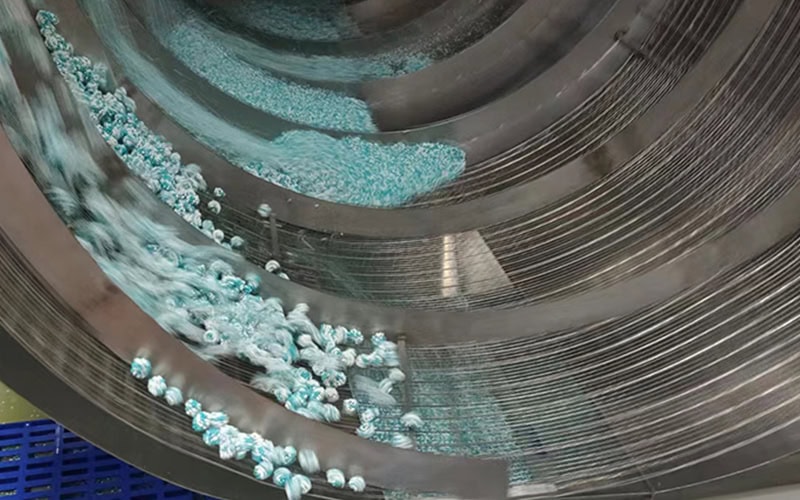
Unknown Dangers of Placing a Small Batch Order
It would seem safe to start with a small order from a gummy candy supplier. For new customers or buyers who want to try things out, it seems dependable. These actions carry unstated risks that could impair quality, cause scheduling conflicts, and increase costs.
1. Unreliable Outcomes from Partially Scheduled Production
It raises the possibility of contamination and poor quality. The suppliers manage numerous smaller batches. Teams are scheduled to fit these orders into leftover production windows. It results in
- Lower priority on the manufacturing schedule.
- Variations in flavor, texture, or appearance from batch to batch.
- Restricted availability of production slots during busy times.
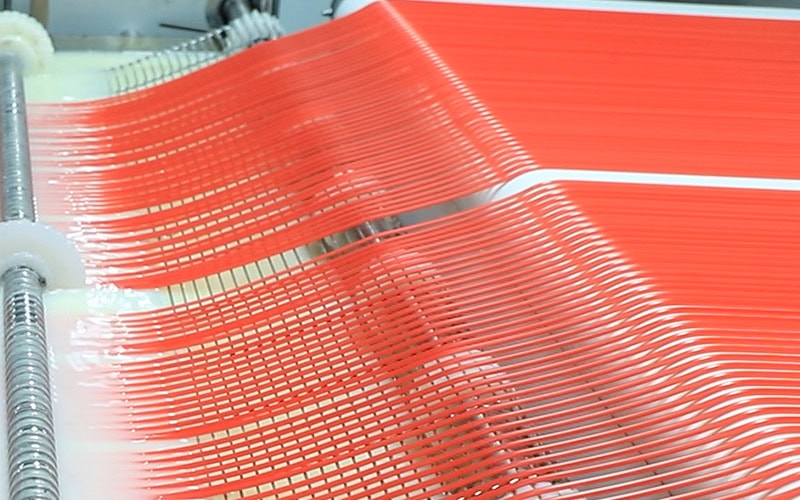
2. Inconsistency in Quality Because of Limited Batch Capabilities
With smaller batches, additional restrictions appear as
- Because of manual mixing or a lack of automation, color and texture may not match.
- Inconsistent packaging when using generic or leftover materials.
- Decreased quality control because the batches frequently evade inspection procedures.
22% of small-batch vitamin gummies were once rejected by a UK retailer due to clumping and poor molding. The importer was required to pay 6500 euros for disposal and repackaging.
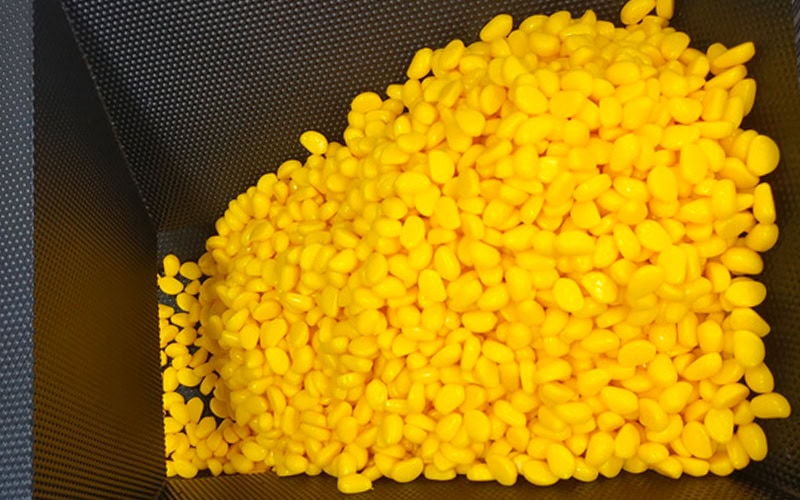
3. Customs Problems and LCL Shipment Delays
Schedule modifications and service interruptions are common for shipments that are LCL (less than container load). Even with companies that sell bulk gummy candy, they cause lost sales. Complexity like the following is introduced by a container that is not entirely filled.
- Extended period of port consolidation and deconsolidation.
- Mixed cargo and multiple handling points increase the risk of damage.
- Delays caused by missing paperwork or misreported content at customs.
4. Cost Simulation Based on Reality
Assume you purchase a small-batch bulk gummy candy for $50,000 a year. $500 in refunds is the result of a 1% return rate. Now factor in $400 for customer service, $800 for repackaging, and $800 for lost future sales.
Result: You must cope with a $2500 hidden loss. It should eliminate 25% of your 10% profit margin.
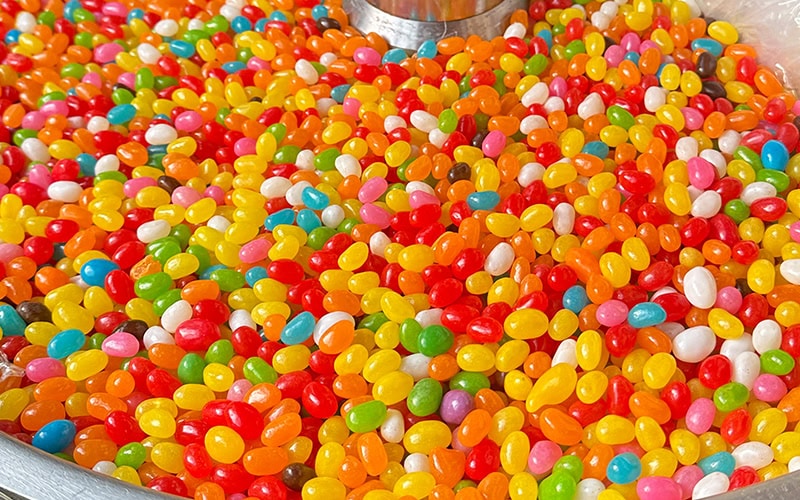
Why Is a Larger Container Better for Full 20ft Containers?
The logistics of your bulk gummy candy order are just one aspect of it. In a 20′ cargo, FCL (full container load) offers convenient production and delivery benefits.
1. Appropriate Scheduling
There are no conflicts when manufacturers assign specific production slots. Changeover and/or variability are reduced when there are fewer disruptions. Lower costs per unit are made possible by labor and equipment optimization. Up to 28% more production can be produced with automated scheduling for FCL orders.
2. Better Management
Gummy candy is produced and shipped in a single cycle. By using refrigeration, sensitive units can maintain the flavor and texture. Additionally, quicker delivery comes from no consolidation delays. For perishable items like gummies, FCL shipments take 5–7 days less to transport than LCL shipments.
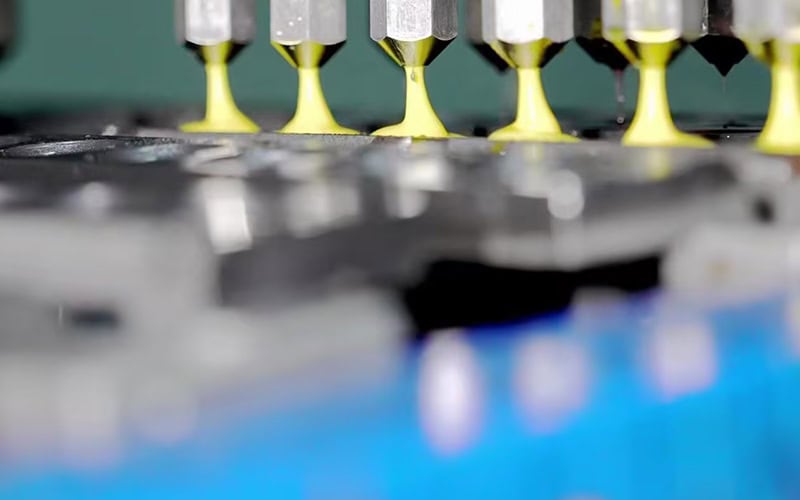
3. Lineup Priority
FCL customers are always given priority by manufacturers because they
- Represent increased income.
- Make predictable material planning possible.
- Cut down on the amount of time that passes between orders.
Leading manufacturers deal with wholesale gummy candy pricing. During periods of high demand, schedule FCL two to three days ahead of LCL.
4. Visual Consistency
All units can have consistent molding, coloring, and packaging thanks to FCL orders. Everything looks and tastes the same from box to box thanks to batch consistency. Customer complaints thus take a significant turn.

In 2024, a US retailer had to deal with a 12% return rate because of visual irregularities in smaller batches. On the other hand, the return rate for its FCL clients was less than 0.5%.
Summary Comparison: Scheduling Production
| Type of Order | Lead Time Flexibility | Consistency of the Batch | Priority of Lines |
|---|---|---|---|
| Small (500 kg) | Reduced | Moderate | Very Little |
| 20-foott Container | Excellent | Fantastic | Highest Priority |
Reduced consistency and unpredictable lead times result from cramming a smaller MOQ into available slots. High consistency and priority treatment by manufacturers are guaranteed when FCL orders are scheduled proactively.
How Does FCL Enhance Packaging and Flavor?
Ordering a full 20ft container (FCL) not only fixes financial concerns. You have to deal with things like preserving consistency in flavor, texture, and packaging.
1. Decreased Divergence from a Single Flavor
All flavors are produced by manufacturers in a single production cycle. It also reduces the variability of ingredients. For delicate ingredients, a constant pH and temperature stabilize the flavor. When there is no drift, there are no adjustments made to the ratios of ingredients or the cooking conditions.
There are no discernible variations in taste or texture in the finished product. Compared to FCL runs, flavor deviation in small batches can be up to 3.2×. Temperature variations and irregular gelatin ratios are the leading causes.

2. Improved Texture and Extended Shelf Life through Moisture Control
One silent killer of gummy quality is inconsistent moisture. Any leading gummy manufacturer’s FCL production standardizes cooling and drying. It avoids stickiness and guarantees consistent chewiness.
Ingredients like melatonin or probiotics have better shelf stability when exposed to humidity. The moisture variance in smaller batches is 17% higher, which results in clumping and a shorter shelf life.
3. Packaging Consistency Among Units
Visual consistency is crucial for private label gummy manufacturers. An FCL order makes it possible for –
- Packaging all at once using the same equipment, seals, and labels.
- Simplified branding for seasonal bundles or multi-flavor assortments.
- Decreased possibility of incorrect dosing formats and/or misaligned labels.
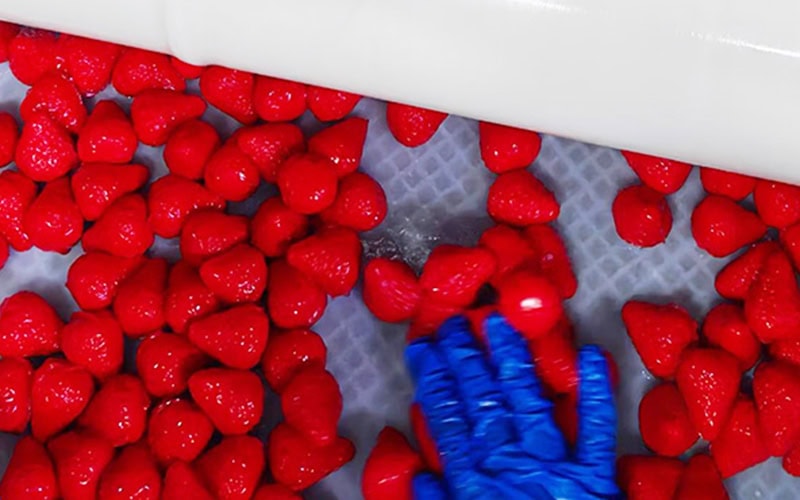
4. Example: A US Retailer’s Vitamin Gummy Line
A Chinese private label gummy manufacturer supplies a wellness brand. It introduced the following five-flavor line of vitamin gummies to retail customers:
- Small Batch (Pilot): 6% of units had misprinted labels, and 11% of units had inconsistent colors or textures.
- Make the Switch to FCL: uniform branding across all units with minimal inconsistencies (less than 1%).
End Result: A dramatic 22% decrease in customer complaints and a 38% increase in the reorder rate.
Managing MOQ: You Don’t Have to Limit Your Flavors
As previously stated, new business owners may find the concept of a 3-ton MOQ intimidating. It seems excessively costly to test the new market or introduce seasonal lineups.
It’s not necessary for that MOQ to be one flavor or unit. To reduce risks, astute buyers are converting FCL orders into multi-tiered, multi-flavor strategies.

1. MOQ for Several Units
A 3-ton MOQ can usually be divided into 3–5 units/flavors by most manufacturers. It enables you to –
- Try several flavors in a single shipment.
- Don’t overcommit to just one product.
- Allow for tiered, regional, or seasonal launches.
It is perfect for varied product lineups because brands can split MOQs as low as 2000 bottles per unit.
2. Regional, Seasonal, and Tiered Approaches
For strategic segmentation, think about dividing your MOQ as follows –
- Seasonal flavors, such as peppermint or pumpkin spice, are popular for the holidays.
- Preferences by region (berry for North America, mango for Southeast Asia).
- Standard, premium, and functional gummies are available in three different varieties.
Up to 32% of gummy sales can be attributed to regional flavor localization and seasonal tie-ins.
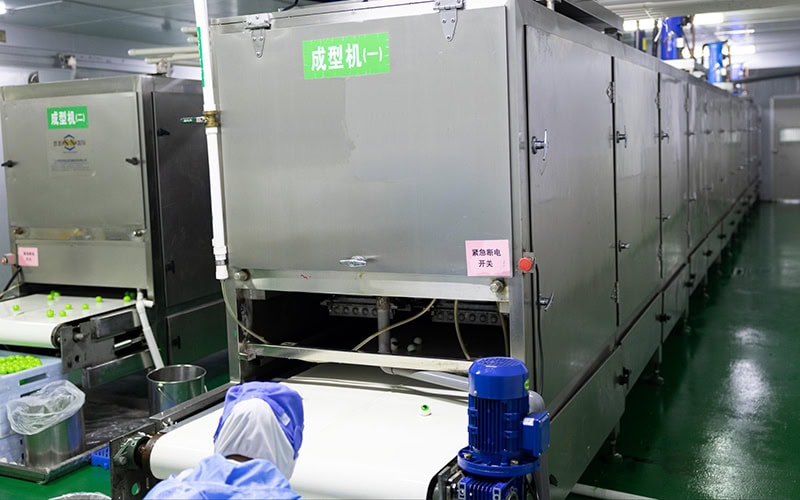
3. Export Bundles and Mixed Packs
Incredible packaging versatility can be unlocked with a 20′ batch from a gummy candy manufacturer. You can obtain
- Packs of mixed flavors for customers who prefer variety.
- Export bundles according to various nations’ shelf standards.
- Various displays for gift sets or retail promotions
Example Table: Flavor Mix Plan for Containers
| Name of Unit | Taste | Amount (kg) | Type of Packaging |
|---|---|---|---|
| Vitamin Gummies | Orange-Vit C | 1200 | 100g bottle × 6,000 |
| Tropical Bears | Mango-Pineapple | 800 | 80g pouch × 10,000 |
| Sour Belts | Berry Mix | 600 | 50g stickpack × 12,000 |
| Vegan Pectin | Apple-Lime | 400 | 60g pouch × 7,000 |
To cater to different audiences, the table divides a 3-ton MOQ for a 20′ cargo among four units. Customers who enjoy fun flavors are drawn to “Tropical Bears” and “Sour Belts.” “Vitamin Gummies” use functional ingredients to cater to wellness segments.
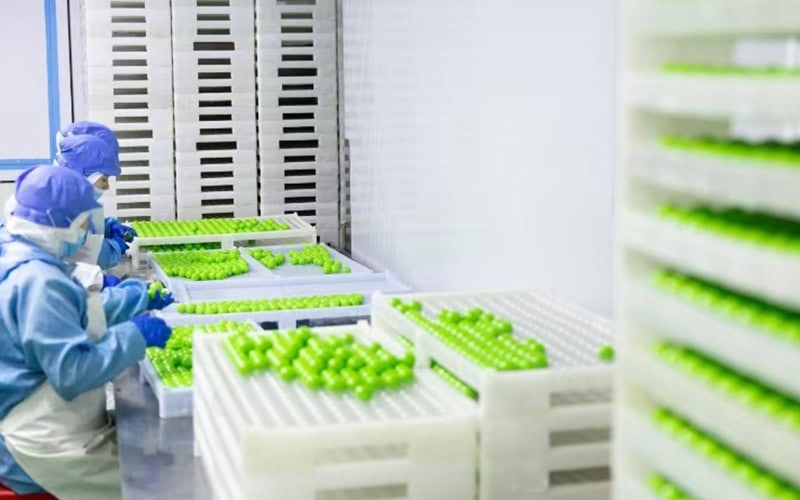
Orders for 20′ Containers: Simple Documentation for Importing Clarity
A supply chain can succeed or fail based on its documentation. Here, FCL shipments have a clear advantage over LCL. It streamlines the paperwork without complicated customs procedures and/or expensive delays.
1. Simpler Processing with Fewer Splits
A full container load (FCL) order designates a single consignee for the entire batch.
- The shipment is handled by customs as a single unit without separate paperwork.
- Absence of deconsolidation or consolidation (fewer errors and touchpoints).
- The parties involved are clearly understood in the consignee declarations.
2. Using Unified Documents Allows for Faster Clearance
An importer must submit some documents for a shipment weighing three tons –
- Packing lists, commercial invoices (CI), and health certificates.
- Documents matched a single seal number and container ID.
- Compare weights, HS codes, and SKUs (stock keeping units).
In high-volume ports, unified documentation can reduce customs processing by as much as 48 hours.
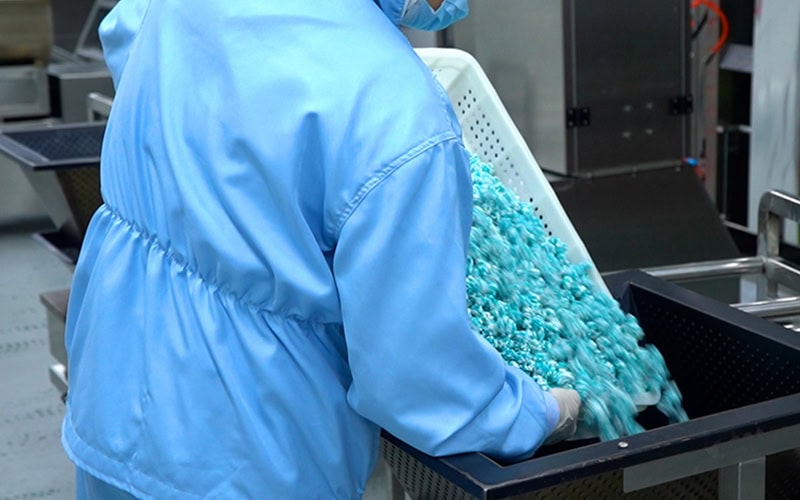
3. Reduced Port Delays and Misdeclared SKUs
One of the main reasons for customs holds and fines is misreported SKUs. A 20-foot container reduces the effects of –
- Uniform declarations and labeling for the duration of the shipment.
- Preventing SKU confusion in LCL containers that are shared by several shippers.
- Reduced demurrage costs, port delays, and/or container rerouting.
4. Example: A Canadian Gummy Importer
A Canadian distributor moved to FCL after forming a partnership with a Thai manufacturer. Because of SKU discrepancies and disjointed documentation, its LCL experienced three customs holds every quarter.
Ultimately, it resulted in a 36% improvement in clearance time. Faster shelf placement for seasonal units and port fees saved the distributor $2800 per shipment.

How Should New Purchasers Grow for a Successful Company?
It’s not necessary for business dealings with the wholesale gummy candy industry to be intimidating. Growing the business can be very beneficial if you choose the correct gummy candy manufacturer.
1. Support for Packaging and Flavors
Flavoring teams investigate functional requirements, seasonal patterns, and regional preferences. Before production begins, packaging mockups allow brands to see retail-oriented designs.
Realistic pouch, bottle, and stickpack previews are available through ULTIDA’s mockup library or Freepik’s PSD templates. Planning mockups can expedite approval by 17% and reduce packaging errors by roughly 22%.
2. Detailed Instructions: From Sampling to Loading
An organized onboarding procedure guarantees that nothing goes wrong. The following is a condensed breakdown –
30-Day Schedule for Container Planning
| Range of Days | Step of Action | Party in Charge |
|---|---|---|
| Day 1 – 3 | Verifying flavors and beginning mockup packaging | Buyer/Client and Sales Team |
| Day 4 – 8 | Approval of the sample with label review | Manufacturer |
| Day 9 – 16 | Initial production schedule | Manufacturing Planning Team |
| Day 17 – 25 | Finalization of production and quality assurance | Quality Assurance Team and Manufacturer |
| Day 26 – 30 | Document submission and loading/boarding | Export and Logistics Team |
Flavors, packaging, and branding are the main topics of the first week. The second week guarantees label accuracy and regulatory compliance. The third week examines factory schedules free of bottlenecks. Quality, loading, and documentation are covered in the last week.
3. Delivery in Phases with Dual-Port Choices
Phased delivery is an option available to manufacturers. Depending on storage capacity, two segmented shipments (60/40 or 70/30) occur.
Dual-port delivery is an additional option. For instance, two distinct destinations — the East Coast and the West Coast of the United States — are served by a single container.
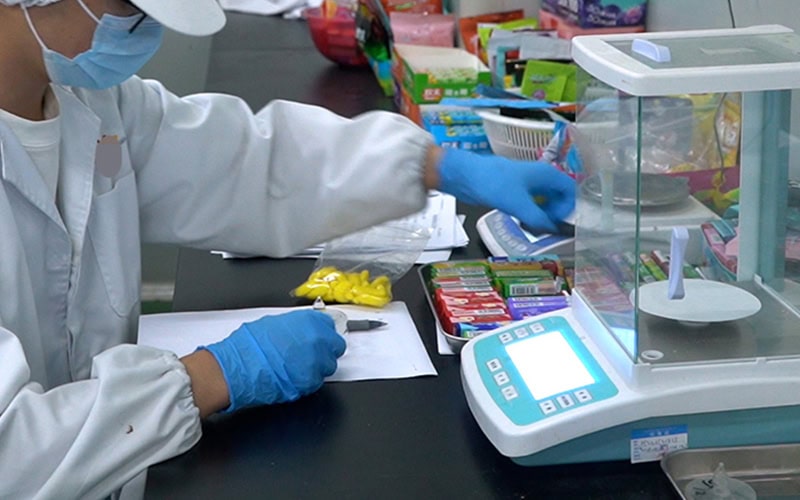
4. Example: Scaling a Wellness Gummy Brand
As previously mentioned, a Thai gummy candy manufacturer partnered with a first-time Canadian buyer. To choose the three units—collagen, melatonin, and vitamin C—they used mockups.
The samples, which were supposed to be produced in week two, were approved in five days. Additionally, the buyer selected phased delivery, with 30% going to Vancouver and 70% going to Toronto.
Result: Without a customs hold, a tremendous 98% sell-through rate was achieved. The client also avoided paying $3200 in port fees.
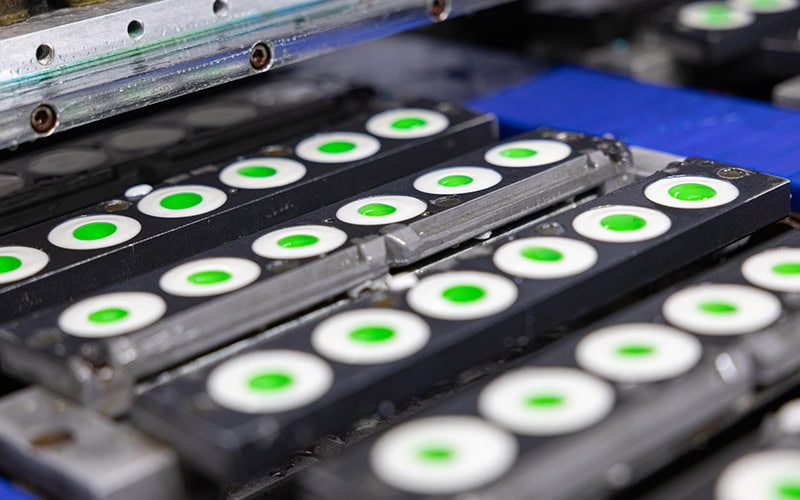
Frequently Asked Questions by Buyers (FAQs)
1. One 20-foot container can hold how many flavors?
Three to five units/flavors can be accommodated by a three-ton MOQ. Gummies weighing between 3000 and 3200 kg can fit in a typical FCL container. The capacity is ultimately determined by the format and packing density.
2. Do you provide mixed packs for various markets or regions?
Indeed. We, along with many other manufacturers, support mixed flavor packs with a variety of displays. They are precisely adapted to local tastes. Up to 32% of gummy sales can be attributed to this localization.
3. Is it possible to ship a portion of an order now and keep the remainder in storage?
Absolutely. Leading manufacturers are able to provide –
- Delivery in phases (70/30 or 60/40 splits).
- Delivery via two ports for distribution across multiple regions.
- Deferred shipment storage in a warehouse.
4. How long does it typically take to produce a full container?
Lead times can reach 25 to 35 days on average. Complex flavors, unique packaging, factory scheduling, quality assurance procedures, seasonal demand, and port congestion are some of the variables that affect it.

Conclusion
It’s best to place a full-container (FCL) order with a reputable gummy candy producer. To meet your specific needs, a bulk MOQ can bring more. With careful planning and seamless import, flavor consistency fosters loyalty right away.
Get better margins with bulk orders — talk to us today
MPS Candy is an experienced candy factory in China, offering OEM/ODM support. We’re your one-stop candy supplier in China! We offer a wide variety of candy types: freeze-dried candy, gummy candy, hard candy, lollipops, chewing gum, chocolate, marshmallows, liquid candy, toy candy, holiday candy, and more!
Are you prepared to place your bulk order without any concerns? Decide to have MPS, the reputable, certified, and knowledgeable candy manufacturer, on your side. To learn more about us, get in touch with our team right away.
